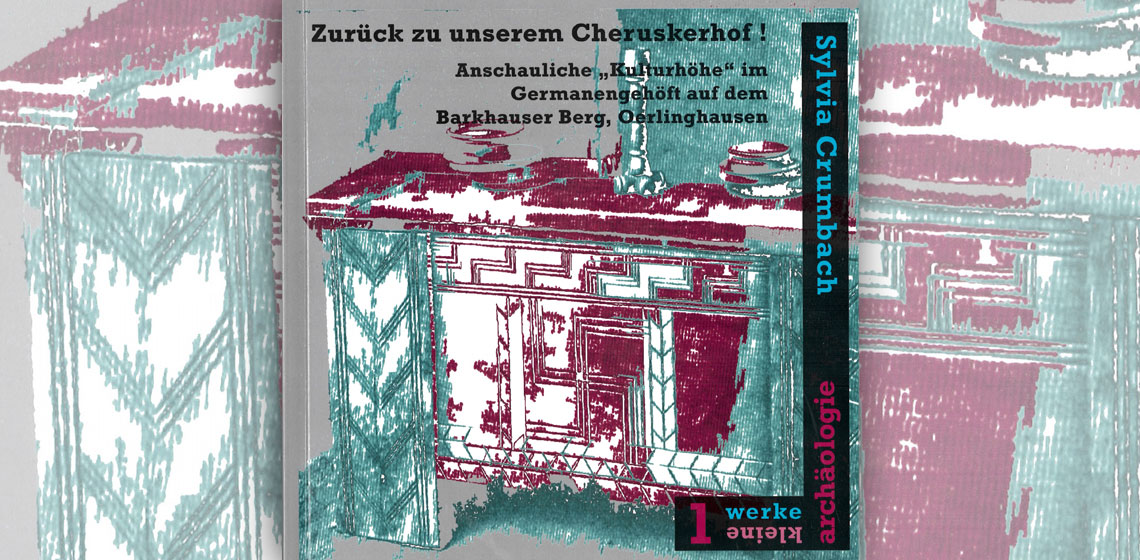1930-1950
Book Review: Zurück zu unserem Cheruskerhof! by Sylvia Crumbach
Publication Date
Experimental archaeology in its various manifestations is a transnational historical practice that, for almost one and a half centuries, has managed to fascinate both academic practitioners and laypeople. Although it has many ideological connections – ranging from anti-modernism, nationalism, the life-reform movement, racism, National Socialism...

